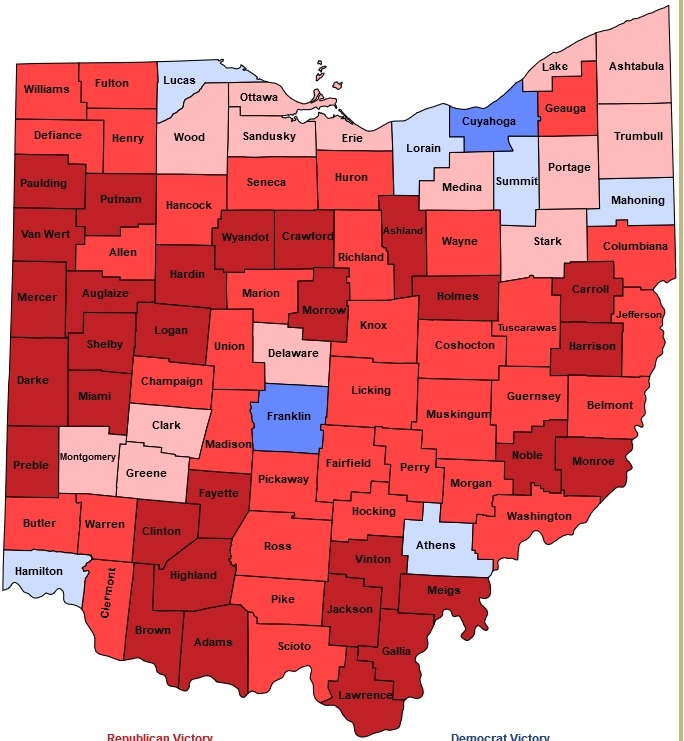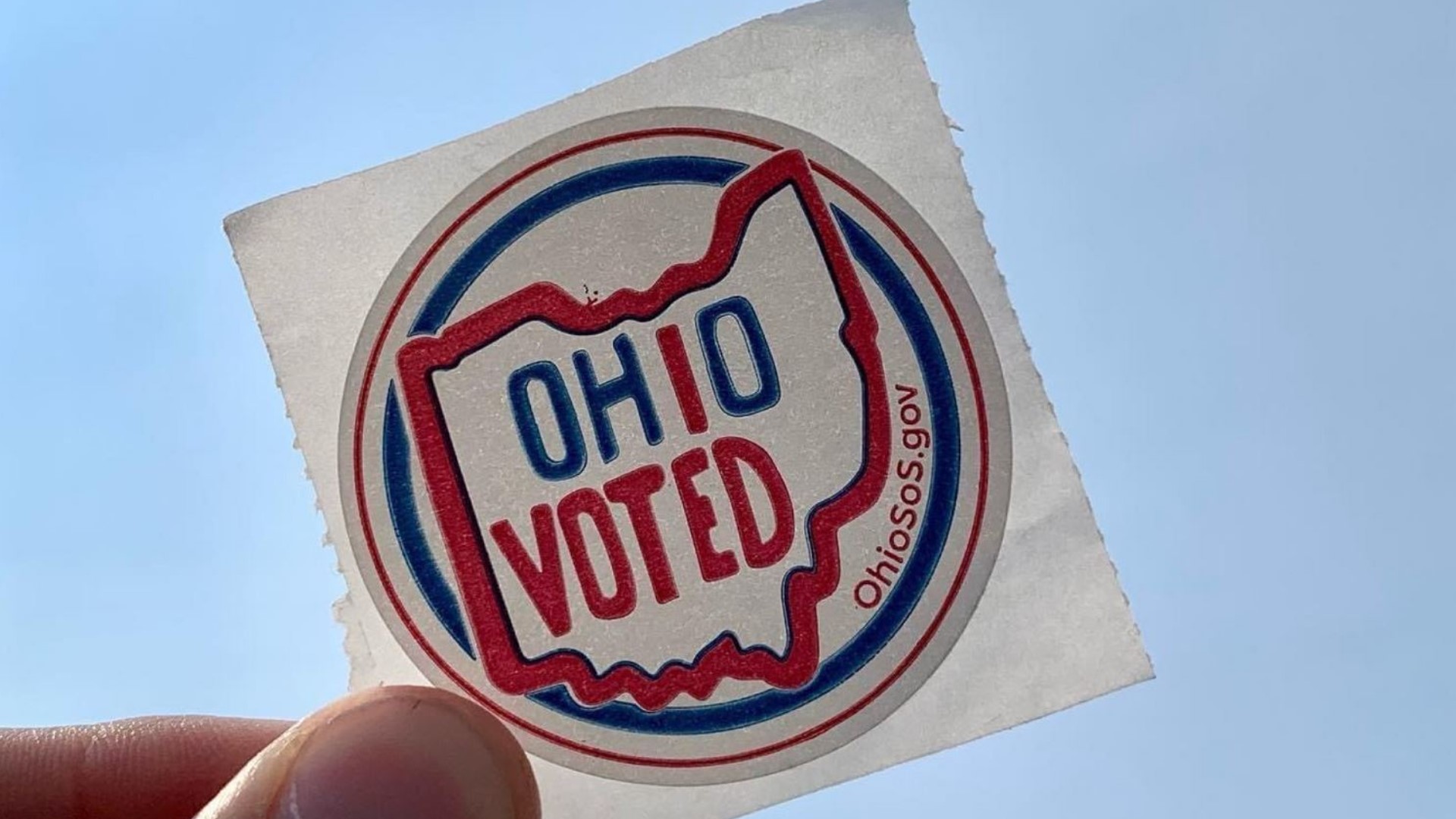Ohio voting results have consistently been a focal point in national and state elections due to the state’s pivotal role in determining political outcomes. This article delves into the intricacies of Ohio’s voting results, offering insights into historical trends, recent developments, and future projections.
Key Takeaways
- Ohio is often seen as a bellwether state, reflecting broader national political trends.
- Understanding Ohio’s voting patterns can offer insights into future election outcomes.
- Recent voting results in Ohio reveal shifts in demographic and political landscapes.

The Importance of Ohio in National Elections
Ohio’s significance in national elections cannot be overstated. As a swing state, its voting results often mirror the political climate of the United States. Historically, Ohio has been a reliable predictor of presidential election outcomes. The state’s diverse population, which includes urban, suburban, and rural communities, makes it a microcosm of the nation.
Historical Trends in Ohio Voting Results
Examining the historical trends in Ohio’s voting results provides a window into the evolving political landscape. Over the years, Ohio has swung between supporting Democratic and Republican candidates, reflecting its balanced electorate. For instance, Ohio voted for Barack Obama in 2008 and 2012, highlighting a preference for Democratic policies during those years. However, in 2016 and 2020, the state shifted towards Republican candidates, supporting Donald Trump.
Recent Developments in Ohio Voting Results
The latest voting results in Ohio underscore significant demographic and political shifts. In recent elections, suburban areas, traditionally Republican strongholds, have shown increasing support for Democratic candidates. Conversely, rural areas have solidified their support for the Republican party. These changes highlight the fluid nature of Ohio’s political dynamics.
Factors Influencing Ohio Voting Results
Several factors contribute to the voting results in Ohio, making it a fascinating state to analyze during elections. Understanding these factors can provide insights into future trends and outcomes.
Demographic Changes
Ohio’s population has been undergoing significant demographic changes, influencing voting behaviors. The state has seen an increase in urbanization, with more people moving to cities like Columbus and Cleveland. This urban shift often correlates with a rise in Democratic support, as urban areas typically lean more liberal.
Economic Conditions

The economic landscape in Ohio plays a crucial role in shaping voting results. As a state with a strong manufacturing base, economic policies that affect this sector can sway voter preferences. Economic downturns or booms can lead to shifts in political allegiance, as voters seek candidates who promise economic stability and growth.
Political Campaigns and Strategies

Effective political campaigns and strategies are pivotal in influencing Ohio’s voting results. Candidates who successfully address local issues, engage with communities, and present clear policy proposals often gain an edge. The use of targeted advertising and grassroots mobilization has proven effective in swaying undecided voters in Ohio.
Analyzing Ohio’s Voting Results: What Do They Reveal?
Ohio’s voting results offer valuable insights into broader political trends and voter sentiments. Analyzing these results helps political analysts and strategists understand the key issues that resonate with Ohioans and predict future election outcomes.
Suburban Shifts
One of the most notable trends in recent Ohio voting results is the shift in suburban voting patterns. Suburban voters, who traditionally leaned Republican, have shown increased support for Democratic candidates in recent elections. This shift is attributed to changing demographics, with younger, more diverse populations moving to suburban areas.
Rural Consolidation
In contrast to suburban areas, rural Ohio has seen a consolidation of support for Republican candidates. This trend reflects a national pattern where rural voters feel more aligned with conservative policies, particularly those related to agriculture, gun rights, and traditional values.
Future Projections for Ohio Voting Results
Looking ahead, Ohio’s voting results will continue to play a crucial role in national elections. Several factors will influence future outcomes, including demographic shifts, economic conditions, and evolving political strategies.
Emerging Demographics
The growing diversity in Ohio’s urban and suburban areas is expected to influence future voting results. As these areas become more diverse, there may be a continued trend towards Democratic support, particularly among younger voters who prioritize issues like climate change and social justice.
Economic Recovery and Policy Impact
The trajectory of Ohio’s economy will also impact future voting results. Policies that promote economic recovery, particularly in the manufacturing sector, can sway voter preferences. Candidates who address economic concerns effectively are likely to gain support across the state.
Ohio voting results are a significant indicator of national political trends, reflecting shifts in demographics, economic conditions, and political strategies. Understanding these results provides valuable insights into the state’s dynamic political landscape and its impact on future elections. As Ohio continues to evolve, its voting patterns will remain a critical focus for political analysts and strategists seeking to predict and influence electoral outcomes.